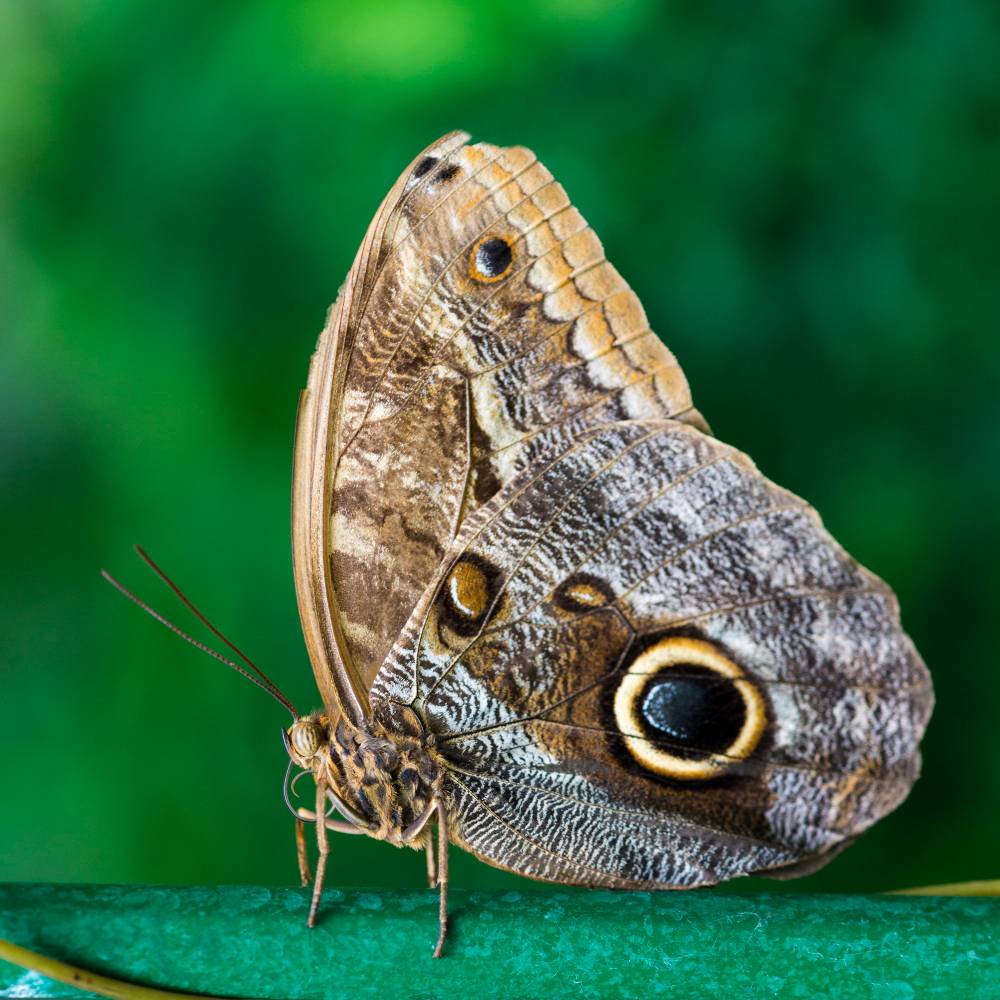24/7 Emergency Service
24/7 Emergency Service

Do you want to protect your home or business from spongy moths? If so, learning more about these pests and implementing effective control measures is crucial. The first step is identifying signs of infestation, which include severe defoliation and tan-colored egg masses on trees and wood. For those who have never seen a spongy moth, routine inspections by a trusted tree care company can prevent further deterioration. At Southern Star Tree, we provide pertinent information and guidance to help you detect telltale signs of infestation and how to handle the problem.
Unlike the common house moth, the spongy moth is small and fuzzy. Although it is about the size of a grain of rice, it still resembles a moth, but without the legs and wings. In addition, diseases or predators can’t control the caterpillar stage, which is the most destructive. While initial signs of pest damage are not easily detected, females lay hundreds of eggs on branches in July.
Look for spongy masses on oaks, beech, maple, birch, apple, hawthorn, willow, and poplar trees. Even though infestation can happen on other trees, these are the most susceptible. The last thing you want is severe defoliation, irreversible damage, and premature tree removal.
There are several ways to manage a spongy moth infestation depending on the severity. With that in mind, working with a professional tree service provider in Atlanta can help you implement the right measures to prevent damage. If you are dealing with a small population, destroy the egg masses by crushing or burning them, or placing them in a bucket of soapy water. It is advisable to avoid the hairs on these nasty critters, as they can cause allergic reactions.
If you prefer a more hands-off approach, hire certified arborists to use proven strategies like tree banding, or using the Bacillus thuringiensis bacteria. Unlike DIY enthusiasts, trained technicians can recommend the most effective solution based on the severity. A full-blown infestation can compromise the health of other trees in your yard, prompting an emergency tree removal project.
This pest was discovered in the 1860s in Massachusetts, U.S. It later spread throughout the northeast forest, making it one of the most destructive hardwood pests. As stated, it causes defoliation, which destroys habitats for wildlife like birds, especially in urban areas. Most cases of infestation have been reported in New Jersey, Pennsylvania, Delaware, and New York.
While there are many causes for defoliation, spongy moths shouldn’t be overlooked. These destructive pests leave small holes in leaves and egg masses on branches, tree trunks, or outdoor furniture. Regular maintenance by a trusted tree care company can ensure your greenery remains healthy year long.
Now that you know about spongy moths and how to identify them, you can take preventive measures to prevent damage. It is advisable to consult a trusted tree service like the Southern Star Tree for specialized care, ensuring minor issues don’t worsen. Contact us today and schedule an appointment with our arborists to learn more about harmful pests that can risk the quality of your landscape.
08 July, 2025
Are you looking to undertake a new housing construction in a flood-prone area? If so, incorporating stormwater retention ponds or detention basins is crucial to manage flood risk. A stormwater retention ...
Read More02 July, 2025
Summer is around the corner, meaning it is time to engage in relaxing outdoor activities like swimming. As you plan to kick back, don’t forget to maintain your trees. Although the hot weather may not ...
Read More